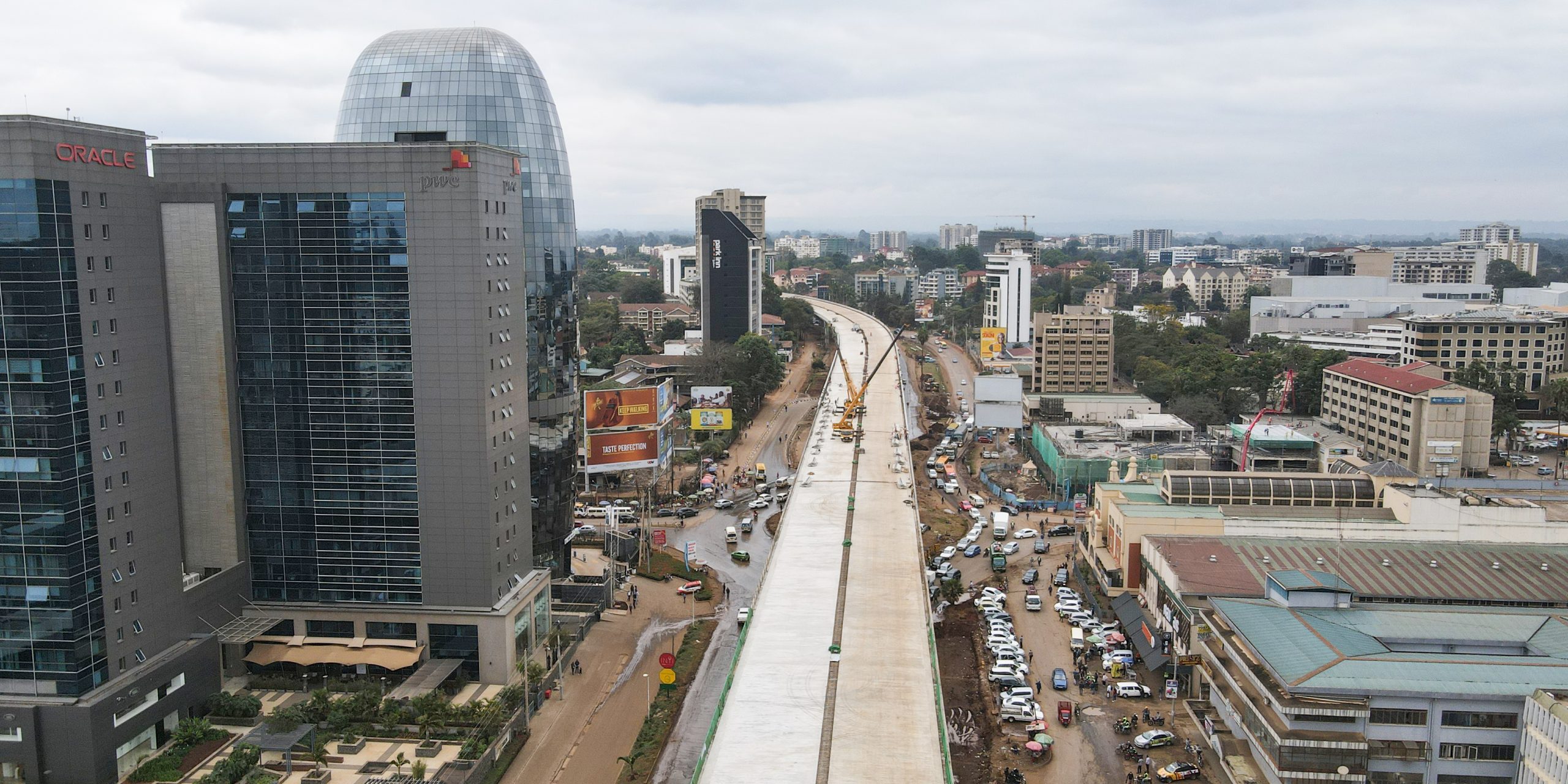
Over the past two decades, the country has witnessed a rapid increase in the level of domestic and externally funded projects. These capital intensive projects are crucial if the country is to achieve its strategic economic goals as outlined in the Kenya Vision 2030 blueprint.
Nonetheless, questions have arisen regarding the quality, effectiveness, and sustainability of these investments. Critics have questioned whether these capital intensive projects driven by government deliver the expected returns.
Public investment projects require significant financial resources and specialized technical expertise in the planning, coordination, financing and procurement stages. The execution of such projects locally have encountered numerous challenges mainly due to capacity constraints, weak institutional structures, among other factors, resulting in cases of unfinished projects from the previous funding cycle.
Significant measures have been undertaken in reforming the regulatory and institutional environment. Key among these is the development of the Guidelines on Public Investment Management, adoption of the Economic Project Appraisal Manual, and the establishment and staffing of the Public Investment Management unit. The unit, under the national treasury, is mandated to ensure a standardized framework to screen public projects prior to their financing.
A key area of immediate intervention was reforming the selection, identification and implementation of public investment projects across GOK Ministries, Departments and Agencies. To this end, The PIM unit developed standardized tools to achieve this objective. One of the significant tools developed include a standardized project concept note. In addition, pre-feasibility and feasibility studies should be conducted for projects above a certain threshold as per the guidelines. The studies include such crucial information as the cost-benefit analysis and the internal rate of economic return, and others.
Project Monitoring &Evaluation Manual has also been developed and completed. The use of the PMER manual will facilitate efficient and effective data collection, storage, and dissemination to monitor and report on the non-financial performance of all national government projects
The manual has been very instrumental in the development of the Public Investment Management Information System (PIMIS), another key reform initiative. Through PIMIS System, Kenyans will be able to identify projects being implemented by the Government of Kenya. The PIMIS system that is currently under development is relatively simple and easy to use. It will be possible for the public to know the projects that are entering the budget in a given financial year and how they will be implemented.
The System will also enhance the tracking of the implementation status of the projects. Through the system, Kenyans will know which projects have been initiated, the status of implementation, among others. The system will be integrated with E-GP, I-TAX, IFMIS, among others, a move aimed at enhancing efficiency, effectiveness, and value for money. The PIM processes have been fully automated to capture the entire life cycle of the project.
As a way forward, it is also important to ensure that the PIM system, not only captures costs of the upcoming projects, but also benefits, such as Internal Rate of Economic Return for each project. The system should also allow uploading large files, such as feasibility studies. These will help decision-makers prioritize and appreciate the cost, risks and benefits of each project.
Development partners have played a critical role in the successes achieved thus far. The World Bank GESDEK Program and the European Union PASEDE program have stepped up to support this important reform. EU PASEDE Program envisaged a number of fixed tranches but also variable tranches to promote the changes. One of the upcoming variable tranches of 1.1 million euros is contingent on meeting June 2023 target under and associated with the piloting of the PIMIS system.
A lot still needs to be done. Public Policymakers, in the national and county governments, have to ensure reform measures currently being implemented entrench transparency and information flow touching on all stages of the public investment cycle covering planning, appraisal and selection, budgeting, implementation and ex-post review.
Kennedy Oliver Mwenda is a Key PFM Communications Specialist at PFM Reforms Secretariat.


